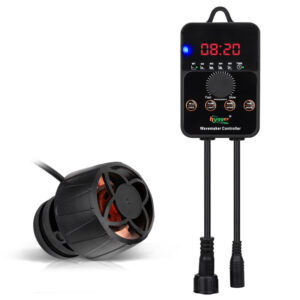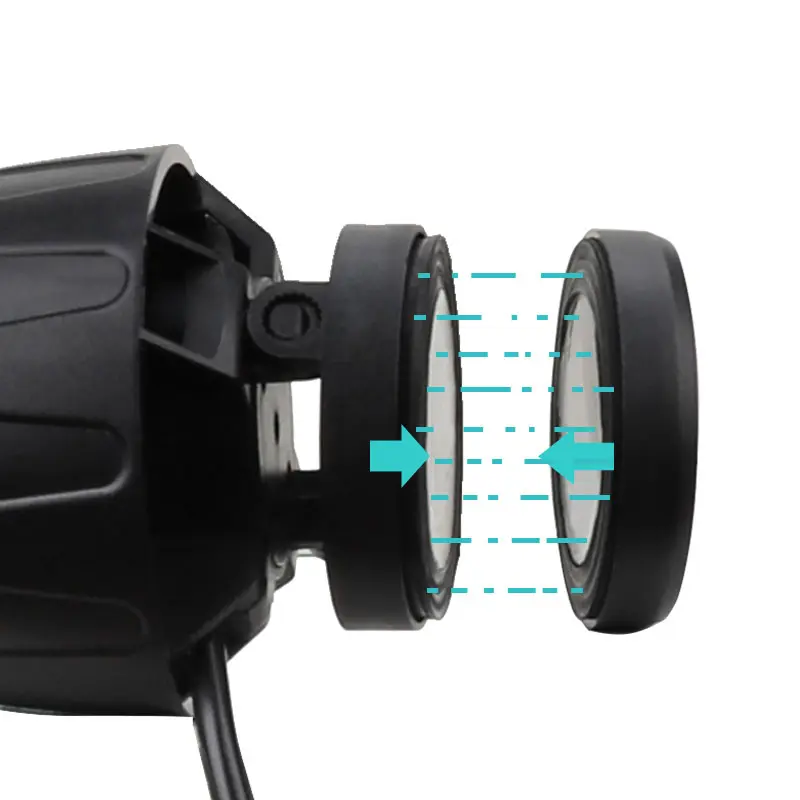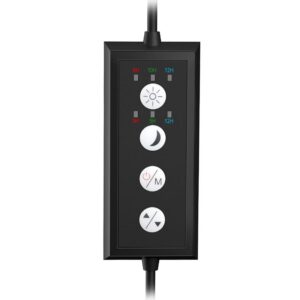10 Semi-aggressive Freshwater Fish for Fish Aquarium
Human loves to watch animals fight, but when it comes to our tank, they won’t want their beautiful companions to fight. Today, we share 10 semi-aggressive freshwater fish for the fish aquarium. The term “aggression” is misunderstood here.
The word, “Aggression” here is not about the fish’s raptorial nature and the size of the fish. Even a small fish can be quite aggressive, and some big fish are peaceful. Fish of quarrel nature do bully other fish and are territorial. They do not need to view other small fishes as food.
We are here to share some valuable facts about semi-aggressive fish and how to take care of them, so you can decide what will be the right combination of species to maintain a healthy environment in your fish tank.
Top 10 semi-aggressive freshwater fish
What are semi-aggressive fish?
Semi-aggressive are fish that become aggressive only under some specific conditions, otherwise, they behave peacefully in their community. These kinds of fish do not let their owner know what they are about to do. We can observe them via their behavior changes, and as soon they get aggressive they attack the other fish, steal their food, or start chasing.
There is another word, “Territorial Fish”, which also denotes the semi-aggressive fish. Such imperial-minded fish do not let other fish swim or eat in their area.
These activities create stress on the other fish and can lead to serious health problems or death. The rule of thumb to keep a fish healthy is to avoid stress. So, let’s check out how to take care of these semi-aggressive fish.
10 semi-aggressive freshwater fish for fish aquariums
Now, let us know about the species of semi-aggressive fish. The 10 semi-aggressive freshwater fish for fish aquarium are as follows:
1. Angelfish
|
Lifespan |
8–10 years |
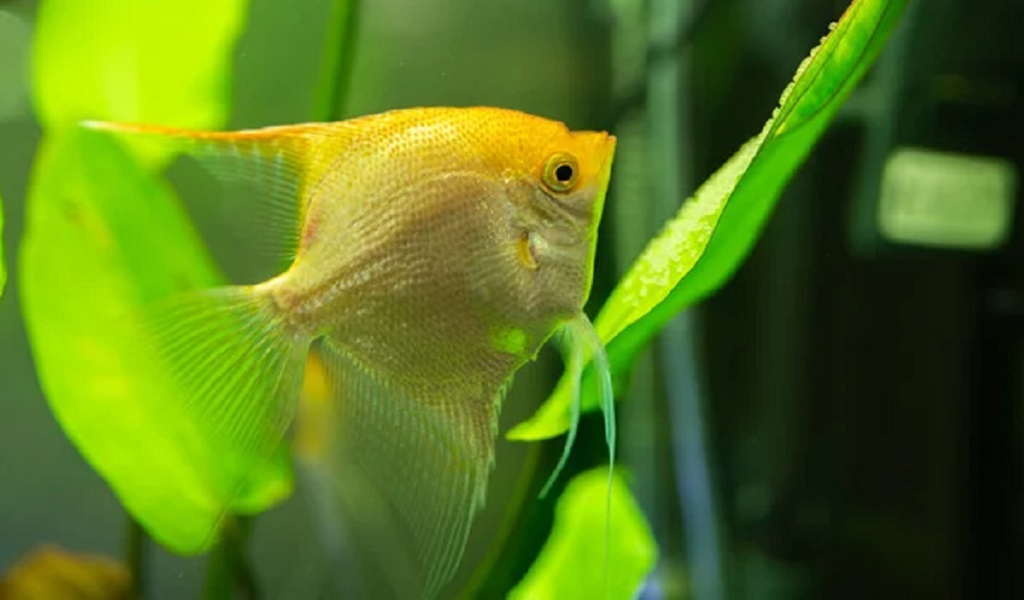 Angelfish |
|
Size |
5–6 inches |
|
|
Diet |
Omnivores |
|
|
Minimum tank size |
55 gallons |
|
|
Water temperature |
78°- 84° F |
Angelfish are known for their colorful, unique shape. Angelfish are calm but have semi-aggression behavior.
They loved to swim in the fresh water and also loved to eat fish of a smaller size.
2. Severums
|
Lifespan |
8–10 years |
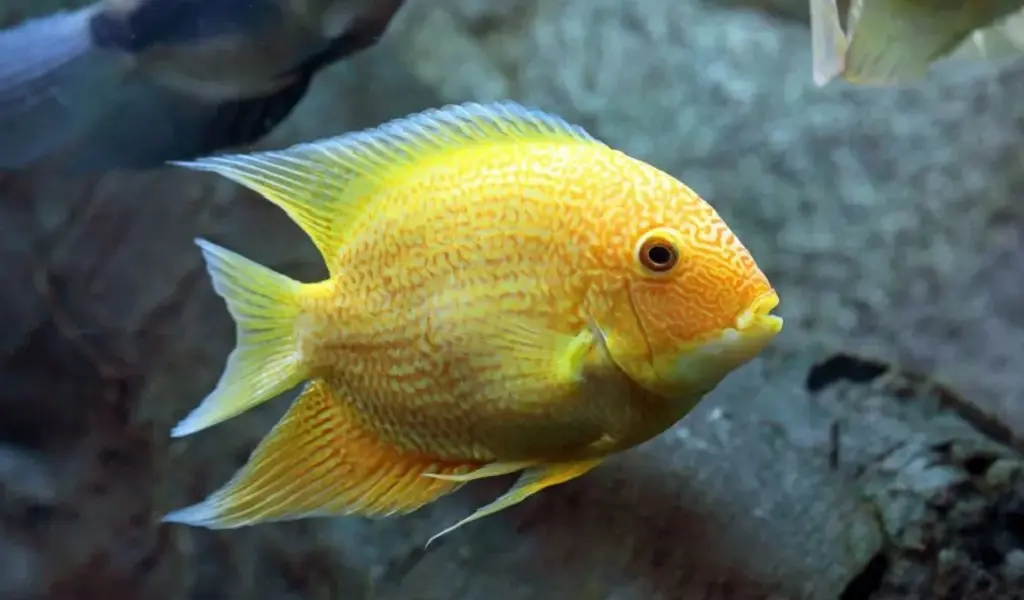 Severums |
|
Size |
6–7 inches |
|
|
Diet |
Omnivores |
|
|
Minimum tank size |
55 gallons |
|
|
Water temperature |
77°- 82° F |
Severums belong to the cichlid family, which is known for their aggressive behavior. If one severums does not like their companion in their fish tank, then they will start bullying, chasing them until they are damaged physically.
We have to keep an eye over the tank if we put another fish with them, or it will be better if we put a net to separate them or house them alone.
3. Afer Knife
|
Lifespan |
12–15 years |
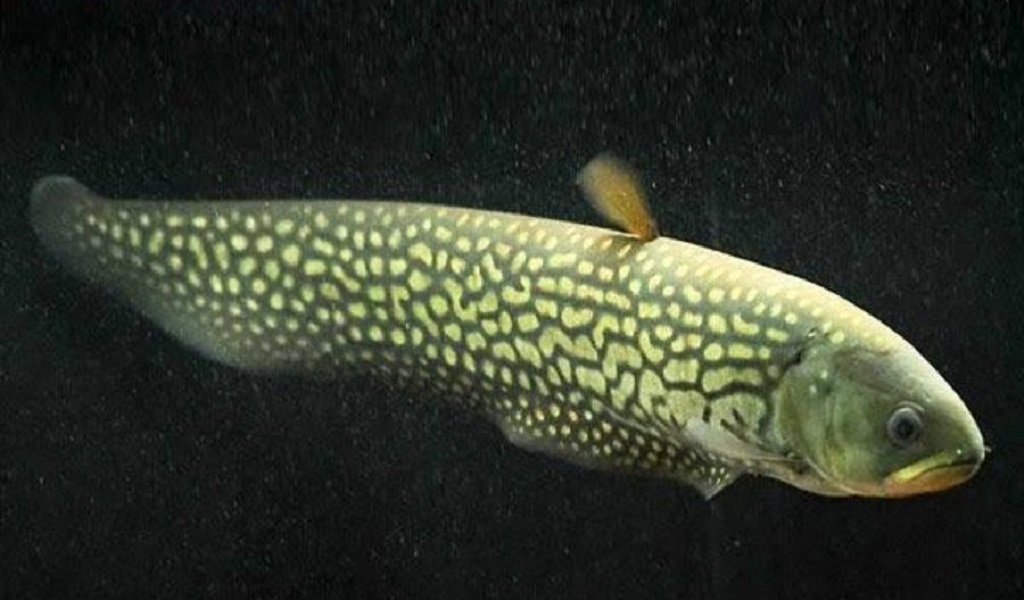 Afer Knife |
|
Size |
20–24 inches |
|
|
Diet |
Carnivores |
|
|
Minimum tank size |
100 gallons |
|
|
Water temperature |
75°- 80° F |
Afer Knife has beautiful marks on its body and is widely known for its shape. They are a slow grower and attain their full height after 6–8 years.
They did not hurt their tank mates. We should carefully choose their mate of larger size because they behave aggressively sometimes.
4. Gouramis
|
Lifespan |
3–5 years |
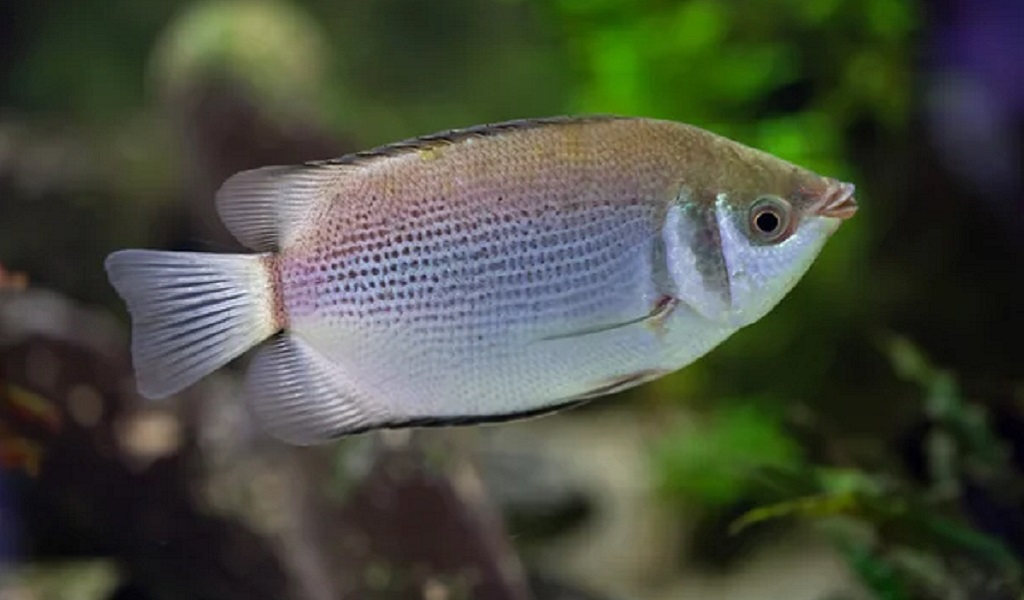 Gouramis |
|
Size |
3–12 inches |
|
|
Diet |
Omnivores |
|
|
Minimum tank size |
55 gallons |
|
|
Water temperature |
75°- 80° F |
Gouramis are small fish that originated from Asia. They have a special ability to breathe at the surface of the water among semi-aggressive species.
The fish with long fins or larger fins should be delisted to be gouramis mate. Gouramis start fin-nipping or sometimes damage their body parts.
5. Plecos
|
Lifespan |
10–15 years |
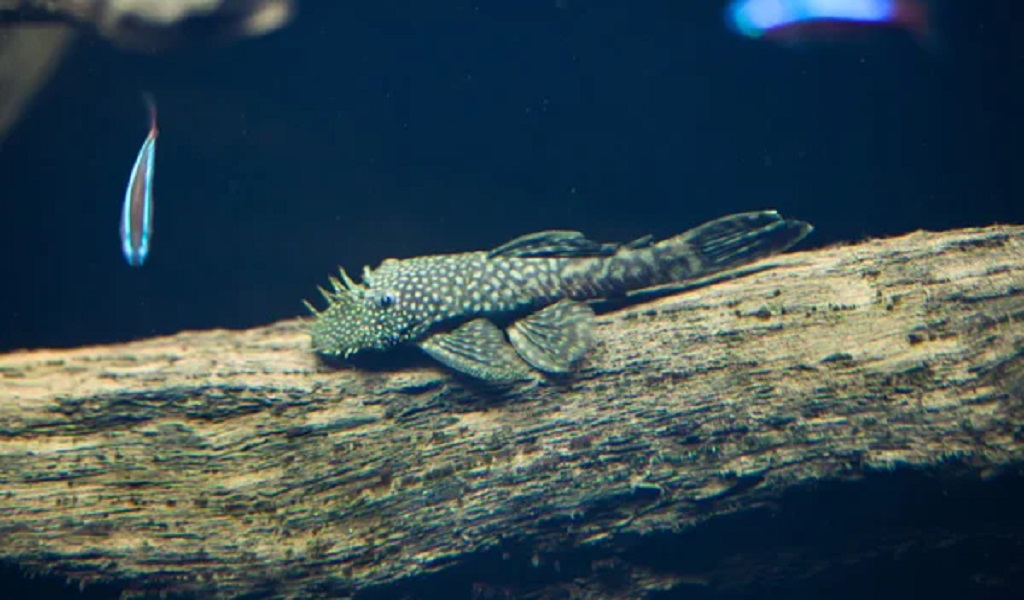 Plecos |
|
Size |
12–15 inches |
|
|
Diet |
Omnivores |
|
|
Minimum tank size |
80 gallons |
|
|
Water temperature |
72°- 78° F |
Plecos (Plecostomus) are also known as tank cleaners. They feed on algae and they are very peaceful. But sometimes gets aggressive towards the same species.
Although they look unique because of patterns over their body, we should avoid placing two plecos together.
6. Jewel Cichlid
|
Lifespan |
5 years or longer |
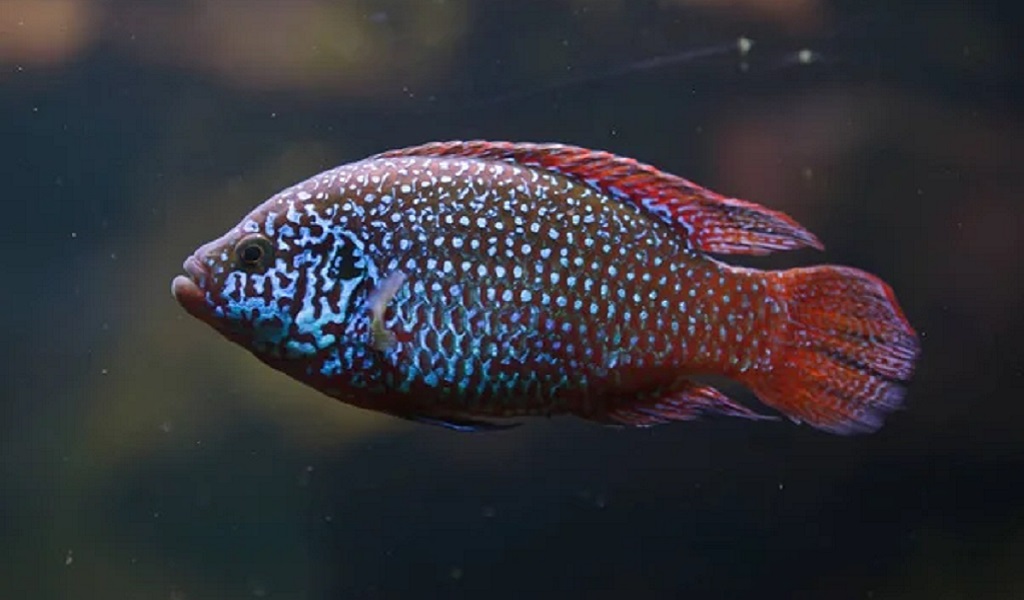 Jewel Cichlid |
|
Size |
1-5.5 inches |
|
|
Diet |
Omnivores |
|
|
Minimum tank size |
30 gallons |
|
|
Water temperature |
70°- 74° F |
Jewel Cichlid is of smaller size with a colorful look. As they belong to the Cichlid family, they behave dangerously once they get aggressive. They chase, nip fins, and continue attacks until their needs are met.
7. Bichir
|
Lifespan |
12–15 years |
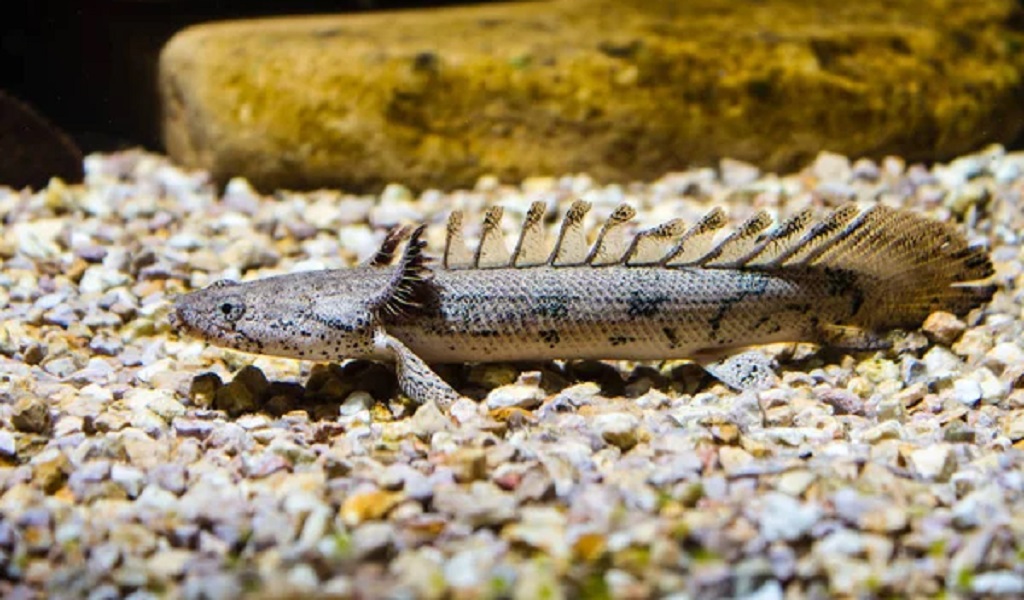 Bichir |
|
Size |
34–38 inches |
|
|
Diet |
Carnivores |
|
|
Minimum tank size |
90 gallons |
|
|
Water temperature |
75°- 82° F |
Bichir has multiple dorsal fins and looks similar to eels in body shape. They are fully carnivorous. Attack over small fishes for food, and also behave aggressively sometimes.
8. African Leaf Fish
|
Lifespan |
8–10 years |
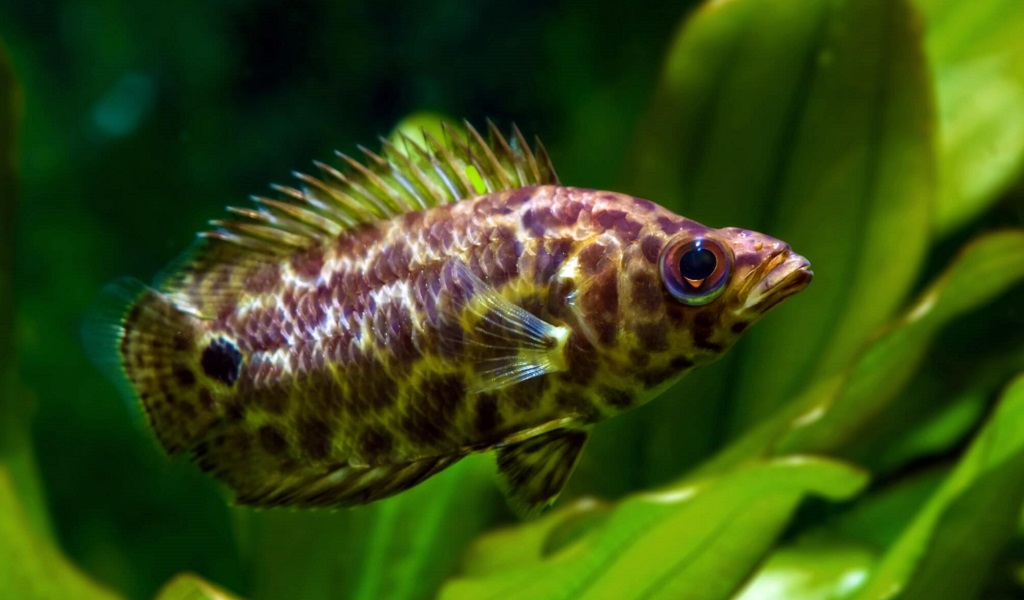 African Leaf Fish |
|
Size |
5–7 inches |
|
|
Diet |
Carnivores |
|
|
Minimum tank size |
120 gallons |
|
|
Water temperature |
78°- 89° F |
As its name describes, these species have a special ability to hide behind leafy plants with their camouflage and hunt small fishes. If we give random looks, they look like dead leaves.
They have unique characteristics and originated in Africa. They often become aggressive while hunting.
9. Black Wolf Fish
|
Lifespan |
5–7 years |
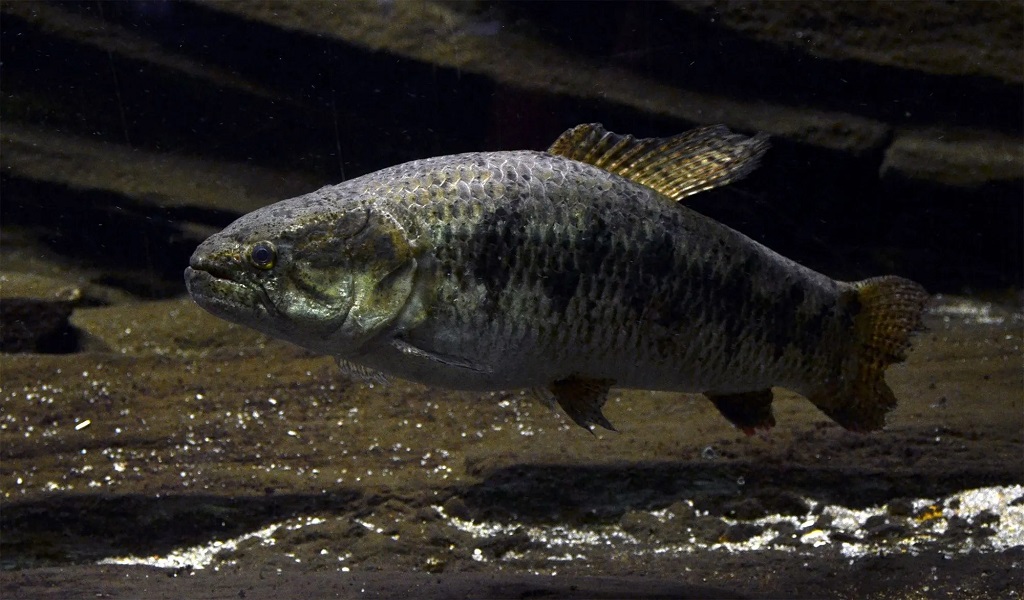 Black Wolf Fish |
|
Size |
14–16 inches |
|
|
Diet |
Carnivores |
|
|
Minimum tank size |
120 gallons |
|
|
Water temperature |
75°- 82° F |
Black wolf fish are known for their look, as their teeth are coming out of their mouth even their lips are shut giving a wild look. They originated in South America. They can be very aggressive if provoked.
10. Dwarf Pea Puffer
|
Lifespan |
3–5 years |
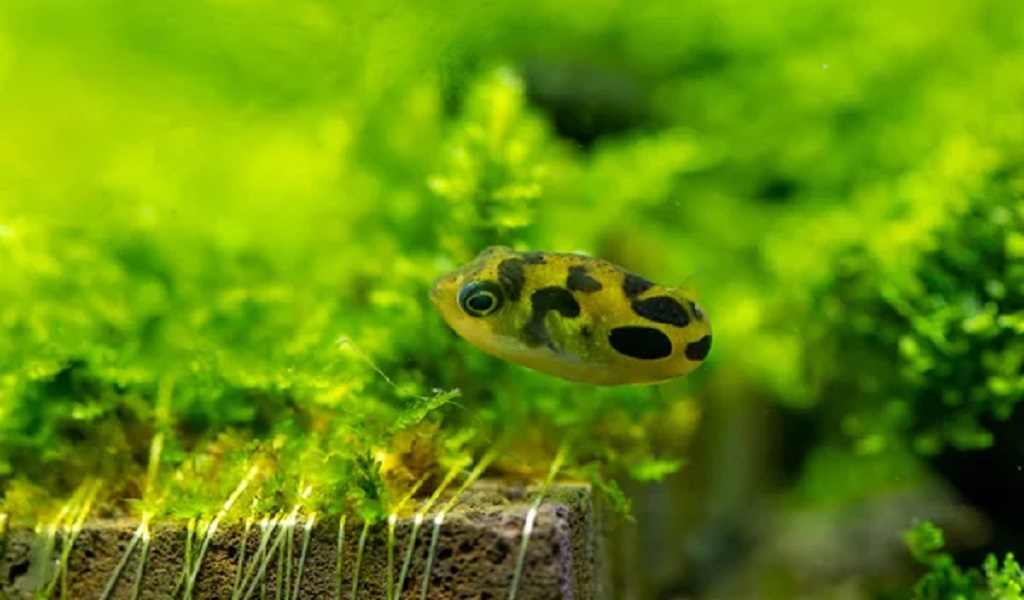 Dwarf Pea Puffer |
|
Size |
1–2 inches |
|
|
Diet |
Carnivores |
|
|
Minimum tank size |
10 gallons |
|
|
Water temperature |
77°- 79° F |
Dwarf Pea Puffers are very small and have yellow with black spots. They are territorial and become aggressive resulting in a fight with any species.
They take pleasure in watching, but they want free space to swim and food in their area.
How to take care of semi-aggressive fish
Multiple ways help to keep our semi-aggressive fish calm and peaceful nature. In case, your aggressive fish becomes a danger to the other fish, then you should immediately isolate or separate them. Some minor acts of rules will reduce the chances for the bully fish to be aggressive. Let us understand the valuable points as follows:
1. Getting a bigger aquarium
The aggressiveness came up as the cause of territorial attitude, which somehow is reduced if we increase the fish tank size. As they will get free space to swim.
Well, the gallons of water required are different according to the species, but for the sake of convenience, about a 50-gallon fish tank is suitable to put any aggressive with other fish.
2. Adding more decors for the hiding spot
Some fish are very peaceful and live in themselves only, but they are easily bullied by the aggressor. Thus, the decor or hiding spots should be added like a hollow tree trunk, cave-like structure, or tall plants to swim around. These extra hiding spots would feel safe from the aggressive fish.
3. Rearrange the tank decorations
When a semi-aggressive fish becomes imperial-minded, then they hate if other fish enters for swimming or eating. But if we suddenly change the order or place of every decoration and extra equipment in the tank, then the fish will get confused that they are in some other territory, and thus this effect will change their behavior and keep them calm & peaceful.
You can change the fish tank decorations positions, add different plants, and many more, but make sure that you turn the lights off so they cannot notice making changes.
4. Isolate for a short time
In the starting days, the semi-aggressive fish didn’t like the presence of other fish. If we isolate them for a week in a cubical-shaped plastic bag and hang them in a corner of the tank, then they can smell their presence and also eat with them. This process makes them very used to the other fish.
5. Proper care of their diet and environment
We should change the water regularly and also clean the waste on a routine basis. Change the filter with time and keep the environment clean, so they do not come with stress.
Semi-aggressives are known as good swimmers, so it’s also important to take care of the diet plan and add some protein food, as they need a healthy diet.
What if, your semi-aggressive becomes more dangerous and starts bullying or damaging little fish or other species of the same size? It will be better to separate them by putting them in different aquariums.
Conclusion
Hope you learned about semi-aggressive fish and how to control them. Now you can add semi-aggressive fish but make sure you know their behavior. May you know, that all your queries through this article regarding “10 Semi-aggressive Freshwater Fish for Fish Aquariums” are answered and help you to decide which is best for your aquarium. If you have any unanswered questions or want suggestions for the products for your aquariums, then please leave your message in the comment section.

